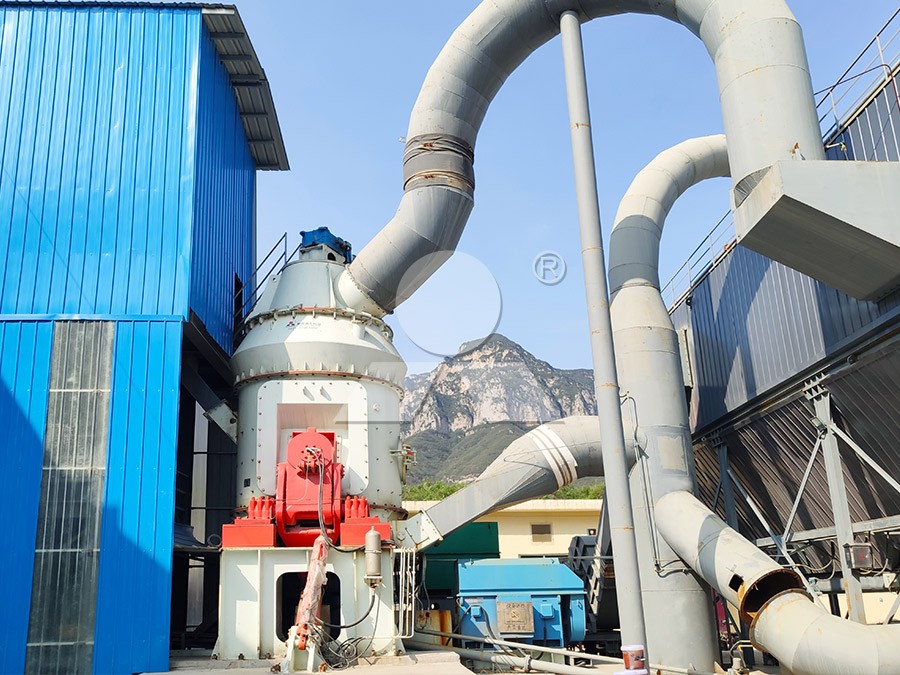Vertical Roller Mill for Building Materials Production
Revolutionizing Building Materials Manufacturing Through Advanced Grinding Technology
The building materials industry stands at a critical juncture where efficiency, environmental responsibility, and product quality intersect. As global construction demands continue to escalate, manufacturers face increasing pressure to optimize their production processes while minimizing environmental impact. At the heart of this transformation lies grinding technology – particularly vertical roller mills that have emerged as game-changers in material processing.

Traditional grinding methods often struggle to meet contemporary requirements for energy efficiency and environmental compliance. The limitations of conventional ball mills – including high energy consumption, significant floor space requirements, and challenges in dust control – have prompted industry leaders to seek more sophisticated solutions. This is where modern vertical roller mill technology demonstrates its distinct advantages.
The Technological Evolution in Material Grinding
Vertical roller mills represent a significant departure from conventional grinding systems. Their unique design integrates multiple processes – crushing, drying, grinding, classification, and conveying – into a single, compact unit. This integration not only reduces the physical footprint of grinding operations by up to 50% compared to ball mill systems but also creates substantial energy savings, typically ranging from 30-40%.
The operational principle of vertical mills involves material being fed centrally onto a rotating grinding table, where multiple grinding rollers apply pressure to crush the material. The ground material is then transported by air to a classifier that separates fine product from coarse material requiring further grinding. This continuous process allows for precise control over product fineness and chemical composition.
Addressing Specific Industry Challenges
Building materials producers face unique challenges that vertical roller mills are particularly well-suited to address. For limestone processing – a fundamental component in cement production – the ability to control particle size distribution directly impacts the quality of the final product. Similarly, for supplementary cementitious materials like fly ash or slag, the grinding process must achieve specific surface area targets while managing the variable characteristics of these industrial by-products.

Among the advanced solutions available, the MW Ultrafine Grinding Mill stands out for specialized applications requiring ultra-fine powder production. With an input size capability of 0-20 mm and capacity ranging from 0.5-25 tph, this machine represents the cutting edge in fine grinding technology. Its innovative design features higher yielding capacity with lower energy consumption – achieving 40% higher production capacity than jet grinding mills and double the output of ball grinding mills at equivalent fineness and power.
The MW Ultrafine Grinding Mill’s adjustable fineness between 325-2500 meshes, coupled with its unique cage-type powder selector technology, enables precise control over product specifications. Particularly noteworthy is its dust removal system, which incorporates efficient pulse collectors and mufflers to minimize environmental impact while maintaining operational efficiency.
Environmental Compliance and Operational Efficiency
Modern building materials production cannot overlook environmental considerations. Vertical roller mills address this through integrated dust collection systems that operate under negative pressure, preventing dust emissions. Additionally, their lower noise levels compared to traditional grinding systems contribute to better workplace conditions and community relations.
The energy efficiency of these systems extends beyond direct power consumption. By integrating drying capabilities within the grinding process, manufacturers can eliminate separate drying stages, further reducing their overall energy footprint. This is particularly valuable when processing materials with inherent moisture, such as certain clay deposits or industrial by-products.

For operations requiring robust performance with larger capacity, the LM Vertical Grinding Mill offers an impressive 3-340 tph capacity with input sizes up to 70 mm. This system exemplifies how vertical mill technology has evolved to handle diverse material streams while maintaining the benefits of integrated processing and environmental responsibility.
Future Directions in Grinding Technology
The trajectory of grinding technology continues toward greater automation, digital integration, and adaptive control systems. Modern vertical mills increasingly incorporate IoT capabilities for remote monitoring and predictive maintenance, allowing operators to optimize performance based on real-time data analytics. These advancements not only improve operational efficiency but also enhance product consistency – a critical factor in building materials specification compliance.
As the industry moves toward more sustainable practices, the role of efficient grinding technology becomes increasingly central. The ability to process alternative materials and industrial by-products into high-value building materials positions vertical roller mills as key enablers of circular economy principles in construction.
Frequently Asked Questions
What are the main advantages of vertical roller mills over traditional ball mills?
Vertical roller mills offer significantly higher energy efficiency (30-40% savings), reduced footprint (approximately 50% less space), integrated drying capabilities, better product quality control, and superior environmental performance through integrated dust collection systems.
How does the MW Ultrafine Grinding Mill achieve such fine particle sizes?
The MW Ultrafine Grinding Mill incorporates advanced cage-type powder selector technology originally developed in Germany, which provides precise powder separation. Combined with specially designed grinding curves of the roller and ring, it can achieve fineness between 325-2500 meshes with screening rates reaching d97≤5μm in a single pass.
Can vertical roller mills handle moist materials effectively?
Yes, most modern vertical mills integrate drying functionality through hot gas introduction, allowing them to process materials with significant moisture content without requiring separate drying equipment. The specific moisture handling capacity varies by mill model and configuration.
What maintenance advantages do vertical roller mills offer?
Vertical mills feature designs that facilitate maintenance, such as the MW Ultrafine Grinding Mill’s elimination of rolling bearings and screws in the grinding chamber, preventing common failure points. Many models also include reversible structures or hydraulic systems that allow grinding rollers to be easily accessed for inspection or replacement.
How do vertical mills contribute to environmental compliance?
These systems operate under negative pressure with integrated pulse dust collectors, virtually eliminating dust emissions. Additionally, they generate less noise pollution and consume less energy, reducing the overall environmental footprint of grinding operations.
